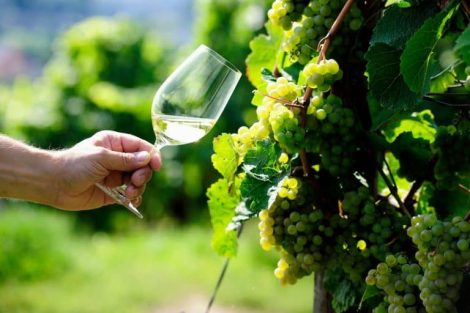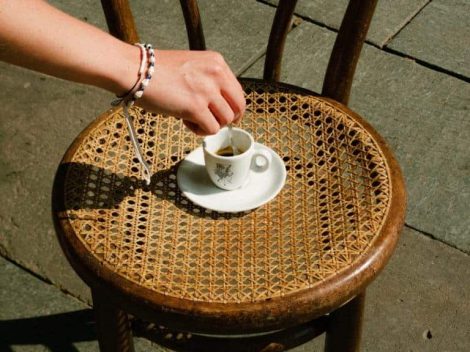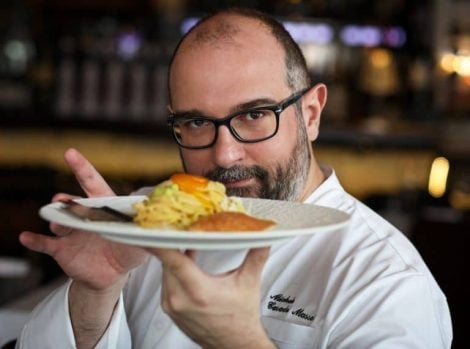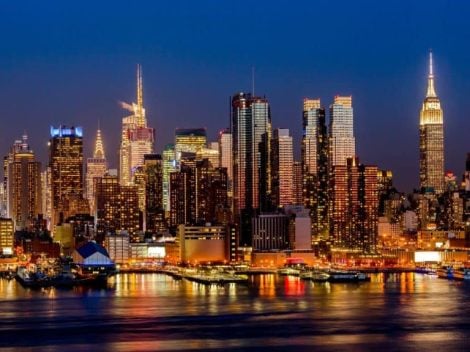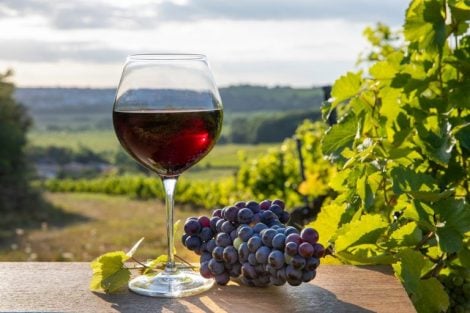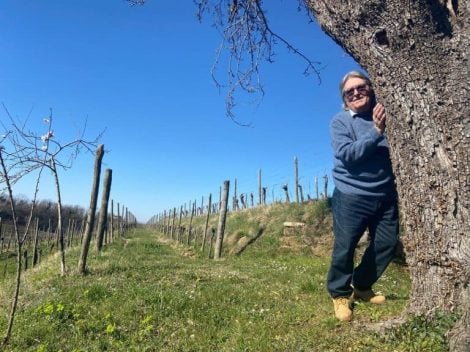The taste of the sea
Instinctively, you'd say "finally, the sea in a glass". But you'd be wronging both: that glimpse of the Ligurian sea glittering before you, in a perpetual Tuscan sing-song drawl that turn to spezzinodialect; and to the wine that glows in the glass, surely savory and mineral, fresh, tense, but also capable of change, dressed up as something else, ready to overturn every idea in your head. That nectar conveys the sea but also the wind, be it brackish or from the Apuane mountains. And it feeds on a bizarre, uneven land, mixed with salt and sweat, clay, marble and sand, obviously sunny: a sun so close, white and big, that on special days actually looks like the Moon.
Luni
Luni was a Roman city founded 177 years before Christ, owing its name to the goddess elsewhere called Selene, or from the shape of the port on which its strength stood: from here sailed boats packed with marble, wood and other local excellences. Since April 2017 the municipality that preserves the remains (once Ortonovo), was renamed Luni, along with Castelnuovo Magra and neighboring countries (fortified Sarzana was the pivot of the Val di Magra since the 12th century), offers its hills to one of Italy’s youngest and most emerging Doc.
Vermentino: from French Riviera to Italy
The province of La Spezia trespasses into Massa Carrara, neither in the erect Liguria of the Cinque Terre nor in the rolling hills of Tuscany: leaving the plain each plot is torn from bush, forest, stone, and finding accessible ones is a difficult undertaking. "Etruriae Luna palmam habet", or "the wine of Luna wins the gold among those of Etruria", wrote Pliny the elder. So, rolled up sleeves and hard to work, moving from certainty: this is the Vermentino, a white grape variety from the French Riviera (but with probable Iberian origins), finding in these patches of soil the ideal cradle of expression at its best.
Ottaviano Lambruschi
Ottaviano Lambruschi holds one of the historical memories of the area: listening to the clarity of his thoughts and seeing him climb into the vineyards at ninety is a regenerating experience. "We were share croppers but the war left us nothing, a burned out house and great need to work".From Castelnuovo Magra he moved to Carrara, in the quarries from which the finest marble in the world is extracted. "For thirty years I worked everything from driver to marble miner, day and night, and I also lost an ear to an explosion".And then he'd return, exhausted, to build a house. "In the mine, man looks too much like a beast". So the intuition, the purchase of a forest at 220 meters above sea level because, "the plain is good only for cabbage",and a lot of work, again, with the scraper to subtract land from the trees and murderous rocks, the amphitheater that still welcomes the beautiful Costa Marina vineyard which gives its name to the winery. "I always craved something of my own".
Lambruschi: a family history
His son grew up in this climate, with a father who, as Mother used to say "keeps a mistress up there"intending the vines he struggled to stay away from. And when the military service ended, Fabio would have continued in the army, but found himself here, proudly, to pull the strings of the constantly growing family business. "The philosophy is simple: aim for excellence holding true to tradition. The first step is to bring beautiful grapes into the winery, which come close to perfection".And it is likely that that precise military rigor, attention to detail and cleanliness, helped Fabio in reaching the goal (now, lending a hand, is also his daughter Ylenia). Each vineyard gives life to a cru, the Maggiore has been added to the Costa Marina, also up there, impervious and magnificent. "Young people are afraid to drive the tractor uphill - says Ottaviano - but not to drive against traffic at night". "I could have stayed in the army- Fabio jokes - I'm so used to the aye aye sir".
Vineyards and vinification
They banter, father and son, and maybe have some conflicting views, but their eyes betray a boundless affection, a community of purpose. The new late harvest Vermentino is named Ottaviano, with part of the fermented grapes left in contact with the skins. In all the rest, love for the classic prevails: vinification in steel tanks, selected yeasts, controlled temperatures for about 40,000 bottles a year, each with a strong character, identity, true mirror of the Colli di Luni and its interpreters. Prizes and awards, all deserved, are boundless. "We like a clean wine that maintains quality over time, while respecting the characteristics of the vintage"
Giacomelli farm
Not too far is the Giacomelli farm, where Roberto Petacchi has followed in the footsteps of his maternal grandfather (who gave the company its name) and aims at producing original wines of finesse and elegance. Say vermentino and the hills will respond, with the recovery of historical plots in incredibly evocative contexts, like Giardino dei Vescovi surrounded by ancient walls (next to the medieval castle of Castelnuovo), Villa Baracchini that unrolls like a lawn in front of his home: it's like travelling between Burgundy and Bordeaux clos and chateau, but you can see glimpses of the Ligurian sea, mountain peaks, remains of 18th century frescoes, ruins of old aqueducts. And the effect is even more intriguing.
The role of territory
"For us, the territory also means safeguarding certain agricultural environments"says Roberto, whose passion he communicates with every gesture. But he also states that "it's important to live in the vineyard" and that "wine is a living product: we can know 10% of its mysteries, while the remaining 90 will always be unknown".Meaning zero nonesense. No certification but treatments reduced to the bone, zero pesticides and use of only natural fertilizers, recycling of prunings to feed the boilers that heat the company. Eleven hectares, a total production of 85,000 bottles, Vermentino that in the range of labels reflects the mood of the parcels of origin: strongly mineral Boboli with hints of flint, moss, aromatic herbs; Pianacce that focuses on fresh fruit, acacia and elderflowers, hawthorn; Giardino dei Vescovi reminiscent of sulfur, iron, lignite, coal.
Grape varieties
No foreclosure for the other white berries present in the rows, indeed, "the idea of grape variety should be re-evaluated in the original wines, which rarely were vermentino in purity"(now the specification requires a minimum 90%, but pairs with a DOC of more generic Bianco). And use of large wooden barrels for calibrated refinements. His thoughts on the Colli di Luni? "It's a reality that should be re-evaluated starting from the historical boundaries, extending the gaze to Candia and the entire Lunigiana. It would benefit from a careful zonation, a thorough research in identifying the land really suited for our wine. The soil, the seashore, the aromas, the typical flavor that we can get: we have an invaluable resource that must be preserved and looked after over time".
Lunae Bosoni
Moving to Ortonovo/Luni, whose hilltop village faces Castelnuovo, the reference company is certainly Lunae Bosoni, which in the structured Ca'Lunae has created a fulcrum for the knowledge and enhancement of wine. There's a beautiful space dedicated to tastings and sales, including solutions for hospitality, for events, a museum, and a laboratory for making jams and liquor, crafting traditional elixirs such as the Persichettomade with peach leaves and white wine.
The potential of soils
"Territory for me is my family, my home, our history. Of course, in life I could have done something else, but it would have killed a part of me". Diego Bosoni supports his father Paolo, still in great shape and with clear ideas, in the company management, where the family is totally involved: mother Antonella, sister Debora, and several uncles. Our commitment is shown by the facts: "Next to our vineyards we have consolidated a network of wine producers who work according to our company's principles, respecting the environment and the product: green manure, no weeding, natural fertilizers, hand harvesting in small crates". What follows is a wide variety of scattered situations, a sort of mapping of the soils and their potential.
Interpreting vermentino
The interpretations of vermentino are therefore different: "Etichetta Grigia encapsulates the alluvial and medium-mix soils of the plain, focusing on immediacy and easy drinking, the Etichetta Nera, from the rocky highland parcels, goes to premium for the ninth time Consecutive and has more mature fruit, complex character, Cavagino is a cru that partially refines in barrique, the Numero Chiuso is an experiment that challenges time: careful selection of the bunches for a single twenty-hectolitre barrel, four-year delayed output".
The production
The numbers are very important for the area, 80 hectares of vineyards and production that reaches half a million bottles. The winery, "near the house where I was born, under the two barrels I used to play as a child", adapts with the construction of a new 3,000 square meter colossus, geothermal plant and photovoltaic panels, works non-stop to accommodate the next harvest.
Tradition and innovation
The new Federici winery, La Baia del Sole, has been operational since 2015: in bio-architecture, with an underground part that uses constant temperature and good humidity, it combines historical structures and guarantees ideal conditions for the production of a considerable line of wines. At a stone's throw from the archaeological excavations of the old Luni, in the wake of a peasant tradition re-launched from the early 1900s; the latest generation is represented by Andrea and Luca, supporting parents Isa and Giulio Federici who in 1985 took over the old farmhouse, the company's fulcrum, focussing all on quality viticulture. "Vermentino is the gift of Papa Giulio"says AndreaFederici, responsible for the agronomic and commercial aspects of the business: "He has entrusted us with it, stimulating us to improve it over time". Innovation and technology are perceived in this same light: improve the quality of work without distorting the link with the past, "a fundamental resource for the future".
From historic vineyards to excellent selections
Thirtyfive hectares, those owned are growing with the re-planting of new vineyards in three parcels in the area of Palvotrisia, in Castelnuovo Magra. "The Vermentino Sarticola sums a plot of historical traceability - says Luca Federici, winemaker - It was already mentioned in Roman times, immersed in the Mediterranean and enjoying a microclimate blessed by the winds of the Apuane mountains and the sea breeze: this results in intense scents, proverbial flavour".A note also for Vermentino Oro d'Isée, from the names of mother Isa and grandfather Iseo: "He told us of the custom of hiding a small batch of the best wine, to be enjoyed later in the family: and so, from the two historic vineyards, we have given light to this precious selection".
Doc Vermentino dei Colli di Luni
Finally, crossing the Tuscan border to Terenzuola, in the municipality of Fosdinovo, 350 meters above sea level. The business started with the work of Luigi Giuliani who, after the crisis of 1929, returned to Italy from New York and bought the first three hectares; after him, his son Carlo managed the company for thirty years. But it was Ivan Giuliani, his nephew, who was in the right place at the right time, when the DOC Vermentino dei Colli di Luni was born. "Before graduation college I worked in the vineyard with my studies, but in '95 I did military service between Friuli and Slovenia, I found myself daily among the producers of that beautiful border area, which not only taught me winemaking techniques but all the passion and attachment to the one's land". Back home, he decided that being a winemaker would be the profession of a lifetime. Over time he planted new vineyards, redeemed older ones, expanded into surrounding municipalities and lately also in the Cinque Terre. Immediately, he proposed a personal rendition of the vermentino, with full ripeness "that the bunch reaches with some hard work", plus cold macerations: the thread connecting him with Friuli has never been cut. "We also have a commonality of land, for geology and historical soil formation".
Vigne Basse is a "Mediterranean basket"and focusses on harmonic white floral note, the Fosso di Corsano takes up ancient clones in soils that enhance mineral, hydrocarbon note. "If this is the wine of the grandparents, the two Permano (white and red) are the grandparents themselves: a recovery of tradition with fifteen types of grapes: our personal Noah's ark".
And there is so much heritage to save in these lands.
The best labels according to Vini d’Italia 2018
TRE BICCHIERI
Colli di Luni Vermentino Costa Marina '16 – Ottaviano Lambruschi – Castelnuovo Magra (SP) – ottavianolambruschi.com
Colli di Luni Vermentino Lunae Et. Nera '16 – Lunae Bosoni – Luni-Ortonvo (SP) – cantinelunae.com
Colli di Luni Vermentino Sup. Fosso di Corsano '16 – Terenzuola – Fosdinovo (MS) – terenzuola.it
DUE BICCHIERI REDS
Colli di Luni Vermentino Et. Grigia '16 – Lunae Bosoni – Luni-Ortonvo (SP) – cantinelunae.com
Colli di Luni Vermentino Il Maggiore '16 – Ottaviano Lambruschi – Castelnuovo Magra (SP) – ottavianolambruschi.com
Colli di Luni Pianacce '16 – Giacomelli – Castelnuovo Magra (SP) – azagricolagiacomelli.it
Colli di Luni Vermentino Sarticola '16 – La Baia del Sole-Federici – Ortonovo (SP) – cantinefederici.com
Colli di Luni Vermentino Sup. Villa Linda '16 – La Pietra del Focolare – Luni-Ortonvo (SP) – lapietradelfocolare.it
Colli di Luni Vermentino V. Basse '16 – Terenzuola – Fosdinovo (MS) – terenzuola.it
by Emiliano Gucci

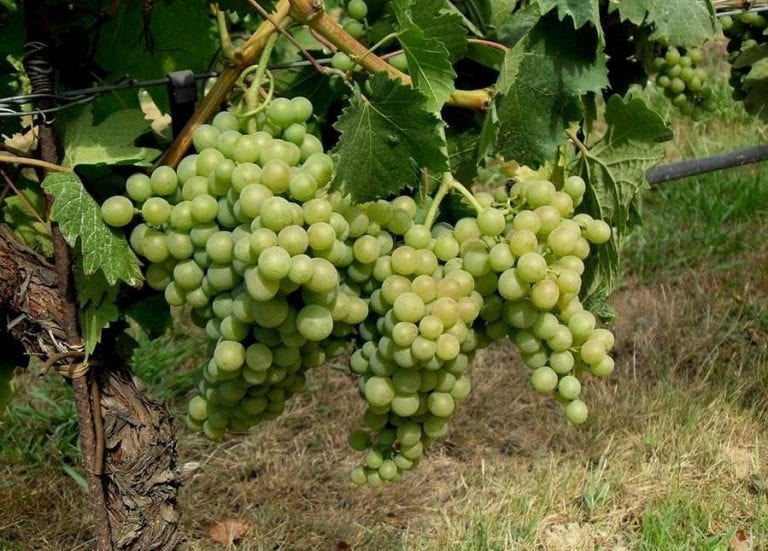

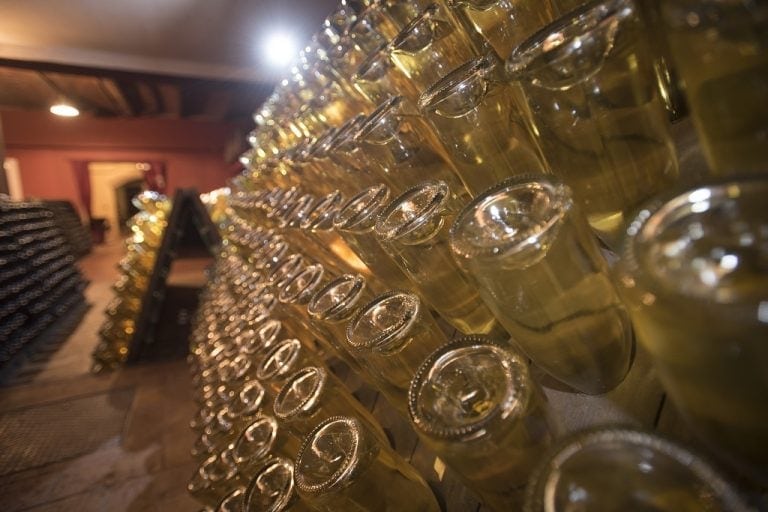 Alta Langa is the wine of the year: it will be the Ambassador of Regional Products under the Piemonte brand
Alta Langa is the wine of the year: it will be the Ambassador of Regional Products under the Piemonte brand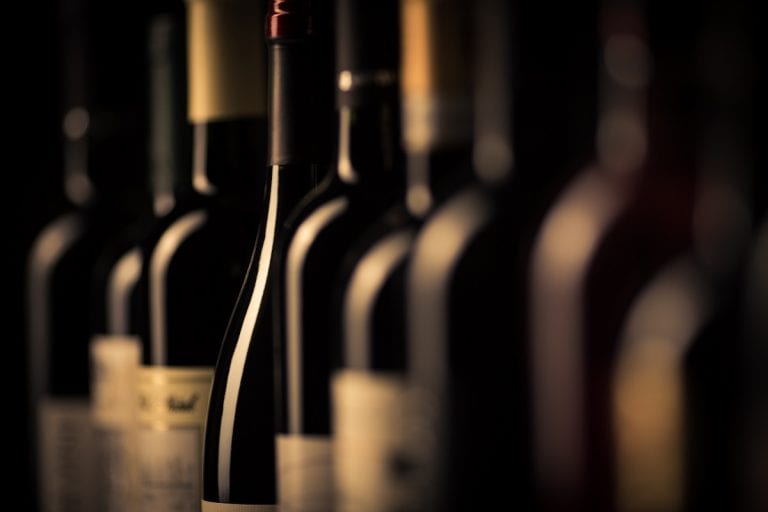 Italian wine exports in 2024 surpass 8 billion euros, but consumption uncertainty weighs on the top three markets
Italian wine exports in 2024 surpass 8 billion euros, but consumption uncertainty weighs on the top three markets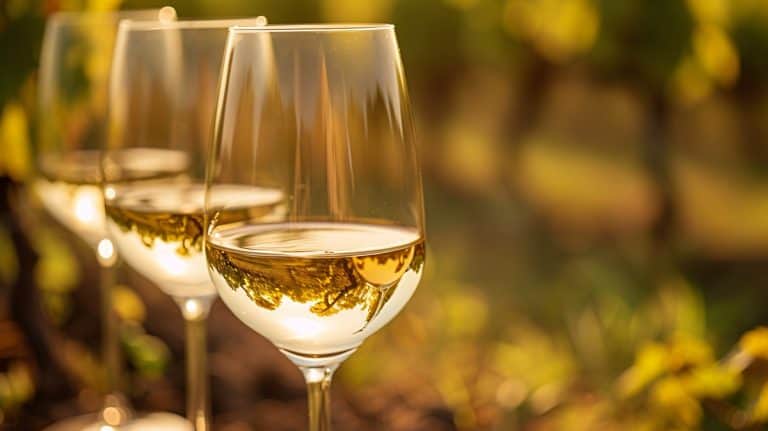 The 15 Soave wines with the best quality-price ratio chosen by Gambero Rosso
The 15 Soave wines with the best quality-price ratio chosen by Gambero Rosso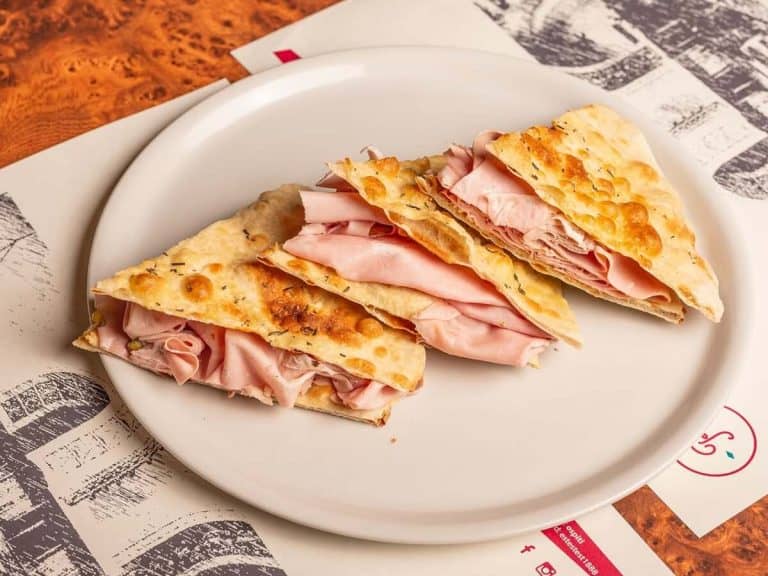 Tonda Romana, baccalà fillets, and non-alcoholic wines: the new life of Rome’s oldest pizzeria
Tonda Romana, baccalà fillets, and non-alcoholic wines: the new life of Rome’s oldest pizzeria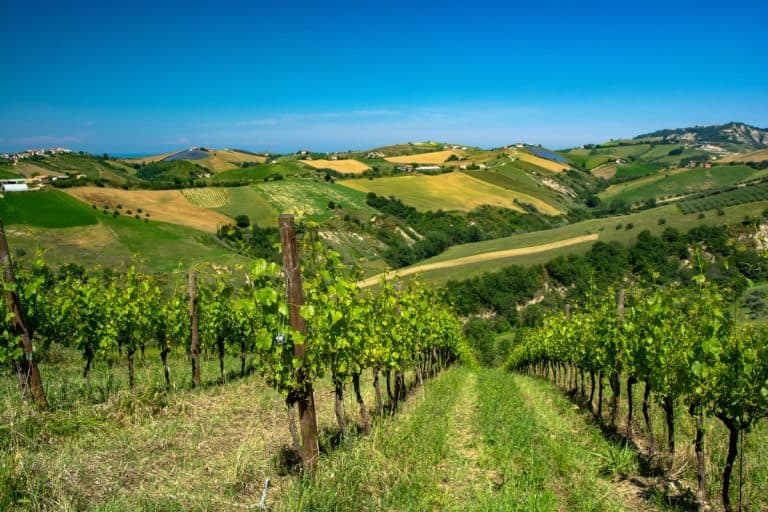 Turning point for Abruzzo wines: a vineyard map defines the territory’s suitability
Turning point for Abruzzo wines: a vineyard map defines the territory’s suitability